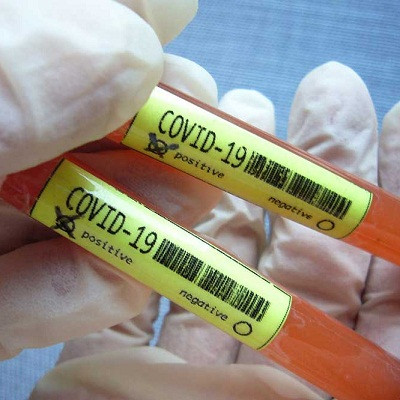
2020-04-02
Visited : 11459
Good news from China! While almost every human being in the world is worried about how to deal with the new coronavirus and how not to catch COVID-19, Chinese researchers announced that they succeeded in developing a special nanomaterial that can absorb and deactivate this deadly virus with the efficiency of 96.5 to 99.9 percent.
A team of Chinese scientists has reportedly developed a novel way to combat the new coronavirus that causes the COVID-19 disease which has killed over 32,000 people globally.
According to Global Times, the new weapon is not a drug or a compound but some nanomaterial. “Chinese scientists have developed a new weapon to combat the #coronavirus,” the news portal tweeted on Sunday. “They say they have found a nanomaterial that can absorb and deactivate the virus with 96.5-99.9 percent efficiency,” it added.
Nanomaterials are used in a variety of manufacturing processes, products, and healthcare including paints, filters, insulation and lubricant additives. In healthcare, Nanozymes are nanomaterials with enzyme-like characteristics.
According to the US NIH, scientists have not unanimously settled on a precise definition of nanomaterials, but agree that they are partially characterized by their tiny size, measured in nanometers.
“Nanotechnology can be used to design pharmaceuticals that can target specific organs or cells in the body such as cancer cells, and enhance the effectiveness of therapy,” said NIH.
However, while engineered nanomaterials provide great benefits, “we know very little about the potential effects on human health and the environment. Even well-known materials, such as silver, for example, may pose a hazard when engineered to nano size,” according to NIH.
About Nanozyme
Nanozyme, a term defined for nanomaterial with enzyme-like properties, has attracted significant research attention thanks to such considerable properties as long-term stability, low costs, mass production possibility, and adjustable catalytic activities, to name but a few. With the rapid development and ever-deepening understanding of nanotechnology, nanozymes offer wide applications in biosensing, tissue engineering, therapeutics, and antimicrobial materials. A wide spectrum of materials has been suggested to be used in nanozyme production including aminoacids, peptides, metal oxides, noble metals, carbon materials, and metal-organic frameworks (MOFs).
Read the original article on IANS.